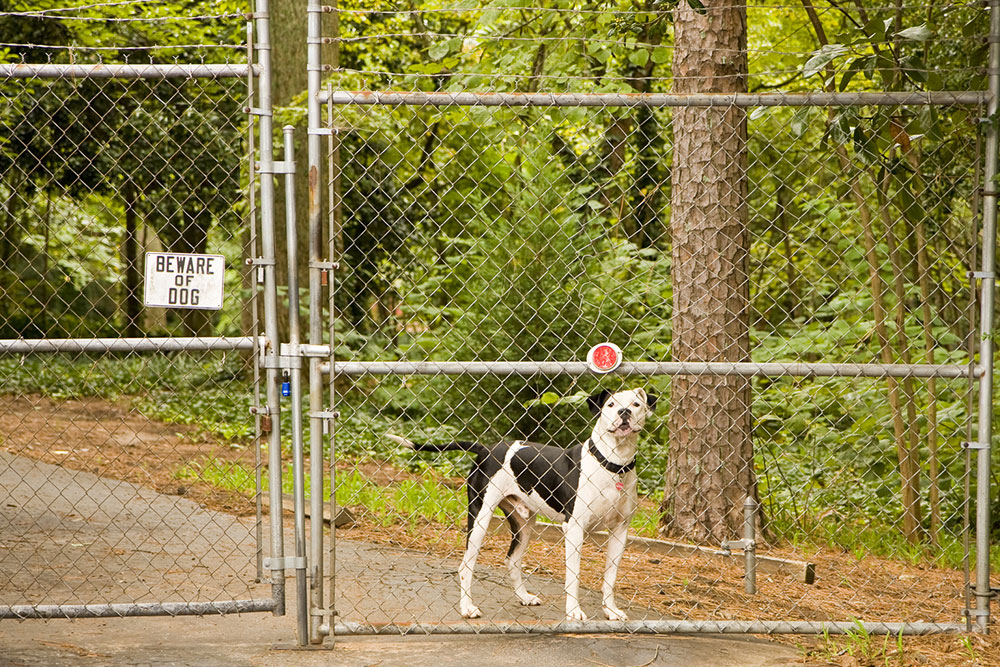
7 reasons invisible fences might fail to protect pets
Installing fences around the yard is a crucial step to preventing one’s pet companion from wandering away from home. These days, invisible fences have emerged as a popular safety mechanism. Usually installed either underground or using wireless transmitters, they emit radioactive signals to the pet’s collar whenever it tries to cross the boundary, triggering a static shock to alert them. However, here are some reasons why these aren’t the best solutions for one’s furry friends.
Sudden and fear-inducing static shocks
When pets receive static shocks from invisible electric fences whenever they try to cross the boundary, they may not understand what’s causing it. Therefore, this can make them scared of the outcome whenever they approach the boundary and may start showing fear-related behaviors. For example, they may completely avoid strolling the yard and might always seek refuge indoors. So, in a way, invisible electric fences may affect pets’ mental well-being.
Potential collar injuries
Although the electric shock generated by invisible wires is static and not harmful to pets, the fence collar may cause injury by rubbing uncomfortably against their neck. In addition to discomfort, this may lead to wounds and infections among pets.
Ineffectiveness because of the pet’s prey drive
Hunting their prey is a natural instinct among dogs and cats, and sometimes, even invisible electric fences may not deter them when they start their prey hunt. So, in such cases, a concrete fencing system that physically stops them from crossing the boundaries would be much more effective than invisible fences.
Technical failures
Invisible fences are not 100% effective in generating static shock whenever a pet attempts to cross the boundary. Technical issues like battery failure may render these fences practically useless, and if this malfunction is not fixed, pets may eventually begin to dissociate and cross the yard’s boundaries. So, it is totally up to the pet parents to keep a close watch on these fences and get them repaired promptly if they are not functioning optimally.
No protection from incoming dangers
While invisible fences may prevent pets from escaping, they don’t offer any protection from dangers lurking in the yard, such as strangers, other pets, and wild animals. In contrast, concrete fences provide better protection from such dangers if they are constructed using the correct materials.
Possible development of anxiety among pets
As mentioned before, pets may begin to fear even stepping out when they discover the shock response. Such reactions and fear may eventually trigger anxiety among pets to the extent that they stop socializing even with their owners or other friendly pets in the neighborhood. Such anxiety can also trigger other severe mental health issues among pets.
The pet may never let its guard down
When pets are not protected from external threats but cannot escape the yard either, they may begin reacting aggressively to passersby, usually by barking or grunting ferociously. Eventually, they may begin to perceive practically anyone passing by as a potential threat and may be unable to trust anyone around them.


